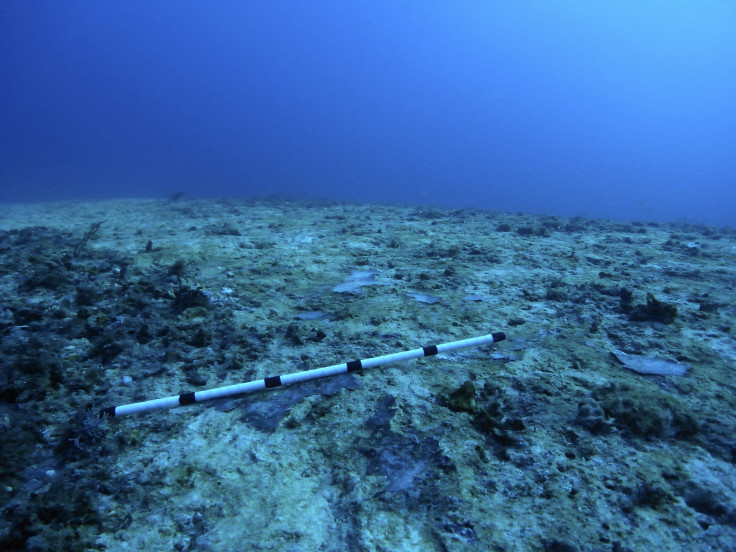Enhanced-efficiency fertiliser to provide increased protection to Australia’s Great Barrier Reef

Researchers at James Cook University have shown how Australia’s Great Barrier Reef may be given improved protection. They have shown a way to halve the amount of fertiliser dairy farmers use and at the same time maintain pasture yields. This, in turn, would provide increases protection to the Great Barrier Reef.
Dr. Paul Nelson is of the opinion that nitrogen from fertiliser may have immense environmental effects on coastal waters and creeks. He said that even though it is important that plants get sufficient nitrogen for profitable farming, it has to be balanced with the potential for losses to the environment.
Experts tested an enhanced-efficiency fertiliser on a North Queensland dairy farm and found it to be improving the balance on dairy farms. The team of researchers applied a new nitrification inhibitor that allowed more time for the fertiliser to be sucked by the roots of the plants for which it was meant to. A nitrification inhibitor is a chemical that slows down conversion of nitrogen to easily lost forms.
“Ensuring plants have sufficient nitrogen is important for profitable farming, but it must be balanced with the potential for losses to the environment. The enhanced-efficiency fertiliser we tested on a North Queensland dairy farm provides a means to improve this balance on dairy farms,” Nelson said in a statement.
The researchers found out that only half the usual amount of fertiliser was required to get the same yield in a one year trial. The study was published in the journal Crop & Pasture Science.
“This is good news for farmers and for the Great Barrier Reef ... So it worth determining optimum rates of this new fertiliser as a way of reducing leaching of nitrogen while maintaining profitability,” Nelson said.
The researchers also found out that most of the excess nitrogen was lost via leaching through the soil. There was insignificant loss in surface runoff. Nelson believes that the enhanced-efficiency fertiliser may reduce pollutions significantly.






